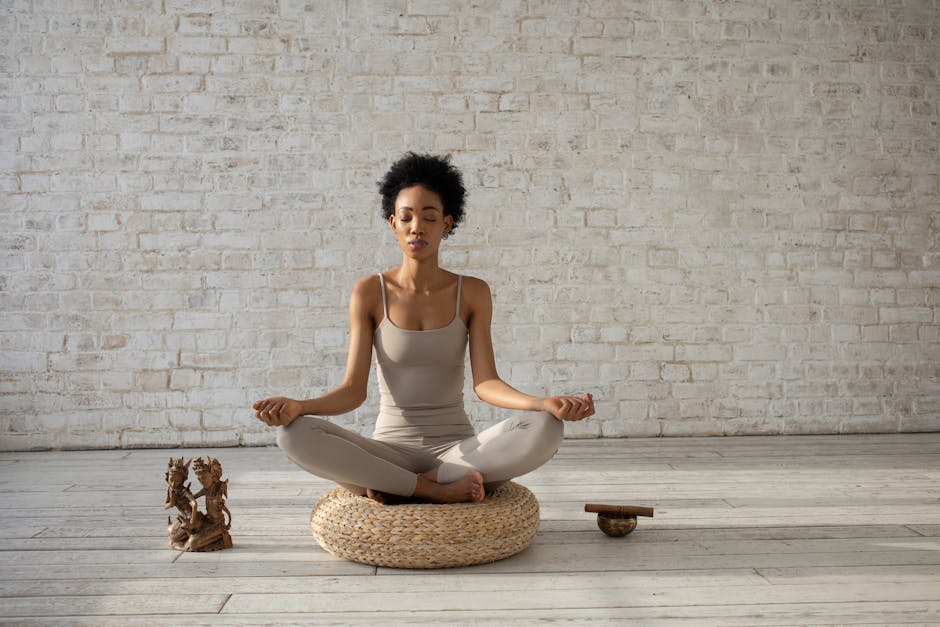Introduction: The Slow Living Revolution

In a world that constantly urges us to move faster, achieve more, and multitask endlessly, the slow living movement offers a refreshing alternative. Slow living is not about doing everything at a snail’s pace or rejecting modern life. Rather, it’s a conscious choice to curate a more meaningful and mindful lifestyle, aligning your daily actions with your deepest values. This approach encourages you to savor the present, prioritize what truly matters, and design a life styled with purpose and answered with insight. As the pace of society accelerates, more people are discovering the transformative power of slowing down—not just to reduce stress, but to reconnect with themselves, their communities, and the world around them.
This article explores the philosophy of slow living, its benefits, practical applications, and how it can inspire your personal style and home environment. Whether you’re feeling overwhelmed by the daily grind or simply seeking greater fulfillment, embracing slow living can help you reclaim your time, nurture your wellbeing, and cultivate a life of intentional beauty.
The Philosophy of Slow Living
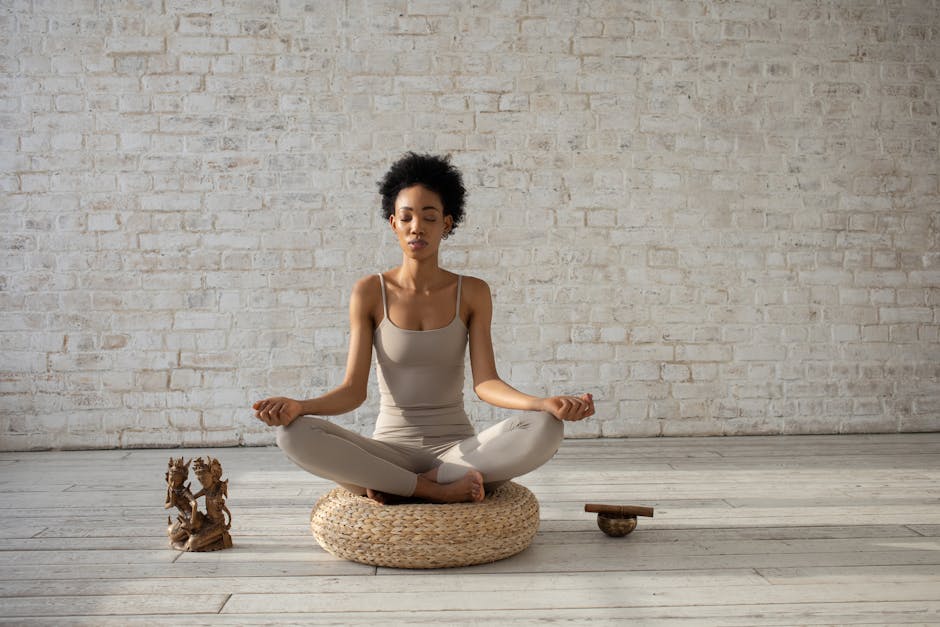
Photo by KATRIN BOLOVTSOVA on Pexels
At its core, slow living is a mindset—a deliberate shift away from the culture of busyness and instant gratification. It’s about making conscious choices that reflect your values, focusing on quality over quantity, and being present in each moment. The slow living movement emerged as a response to the pressures of modern life, where speed is often equated with success and productivity. Instead, slow living invites you to pause, reflect, and ask: What truly matters to me?
This philosophy encourages mindfulness in all aspects of life, from how you spend your time to the way you consume goods and interact with others. It’s about creating space for rest, creativity, and connection. Slow living doesn’t mean rejecting ambition or progress; rather, it’s about pursuing goals with intention, ensuring that your actions align with your personal definition of a meaningful life. By embracing this approach, you can cultivate a greater sense of fulfillment, resilience, and joy in everyday experiences.
The slow living mindset also extends to your surroundings and routines. It values simplicity, sustainability, and authenticity. Whether it’s choosing locally sourced food, investing in timeless fashion, or designing a home that fosters calm, slow living is about making choices that support your overall wellbeing and the wellbeing of the planet. Ultimately, it’s a journey toward living with greater awareness, gratitude, and purpose.
Benefits of Slow Living: Mind, Body, and Relationships

Photo by Andrea Piacquadio on Pexels
Adopting a slow living lifestyle offers a wealth of benefits that touch every aspect of your life. One of the most immediate advantages is a significant reduction in stress. By intentionally slowing down, you give yourself permission to breathe, relax, and focus on the present moment. This shift can lead to improved mental health, as you become less reactive to external pressures and more attuned to your own needs and emotions.
Physical wellbeing is another key benefit. Slow living often involves spending more time outdoors, engaging in gentle movement, and embracing practices like mindful eating. These habits can enhance your overall health, boost your immune system, and increase your energy levels. Moreover, by prioritizing quality over quantity in your daily choices, you’re less likely to engage in habits that drain your vitality.
Slow living also fosters stronger relationships. When you’re present and attentive, you deepen your connections with family, friends, and your wider community. Meaningful conversations replace rushed interactions, and shared experiences become more memorable. This intentional approach to relationships can lead to greater empathy, understanding, and mutual support.
Finally, slow living creates space for joy and creativity. By reducing the noise and clutter in your life, you open yourself up to inspiration and new possibilities. Whether it’s pursuing a hobby, exploring nature, or simply enjoying a quiet moment, slow living encourages you to find beauty in the everyday. The cumulative effect is a more balanced, fulfilling, and harmonious existence.
Practical Steps to Begin Your Slow Living Journey

Photo by Polina Tankilevitch on Pexels
Transitioning to a slow living lifestyle doesn’t require a complete overhaul of your life. Instead, it’s about making small, intentional changes that add up over time. Start by evaluating how you spend your time each day. Are your routines aligned with your values and priorities, or are they dictated by external pressures? Identifying areas where you can slow down—such as your morning routine, meals, or leisure activities—can make a significant difference.
One effective practice is to introduce mindful pauses throughout your day. Take a few moments to breathe deeply, notice your surroundings, and check in with yourself. These pauses can help you reset your focus and approach tasks with greater clarity and calm. Additionally, consider simplifying your commitments. Learn to say no to activities that don’t serve your wellbeing, and give yourself permission to rest without guilt.
Another practical step is to cultivate gratitude. Keeping a journal or simply reflecting on what you appreciate each day can shift your mindset from scarcity to abundance. This practice enhances your sense of contentment and helps you savor the present.
Finally, embrace the idea of slow consumption. Choose quality over quantity in the products you buy, support local artisans and businesses, and reduce waste where possible. By making conscious choices, you not only enrich your own life but also contribute to a more sustainable and ethical world. Remember, slow living is a personal journey—there’s no one-size-fits-all approach. Start small, be patient with yourself, and celebrate each step toward a more intentional life.
Slow Living and Personal Style: Fashion with Purpose

Slow living isn’t limited to your daily routines—it also extends to your personal style. Embracing slow fashion means choosing clothing and accessories that reflect your values, prioritize quality, and stand the test of time. In a world dominated by fast fashion and fleeting trends, slow fashion encourages you to build a wardrobe that is both stylish and sustainable.
Start by curating your closet with intention. Assess each piece for its versatility, comfort, and craftsmanship. Invest in timeless staples that can be mixed and matched, and opt for natural, durable fabrics whenever possible. Supporting local designers and ethical brands not only ensures better quality but also promotes fair labor practices and environmental responsibility.
Slow fashion also invites you to express your individuality. Rather than chasing trends, focus on developing a personal style that feels authentic and empowering. Take the time to discover what colors, textures, and silhouettes make you feel your best. This approach fosters a deeper connection with your wardrobe and reduces the impulse to shop impulsively.
Caring for your clothes is another key aspect of slow fashion. Learn basic mending techniques, wash garments gently, and store them properly to extend their lifespan. By treating your belongings with respect, you cultivate a sense of gratitude and reduce waste. Ultimately, slow fashion is about dressing with purpose—choosing pieces that tell your story and align with your values, while contributing to a more thoughtful and beautiful world.
Designing a Slow Living Home: Spaces for Calm and Connection
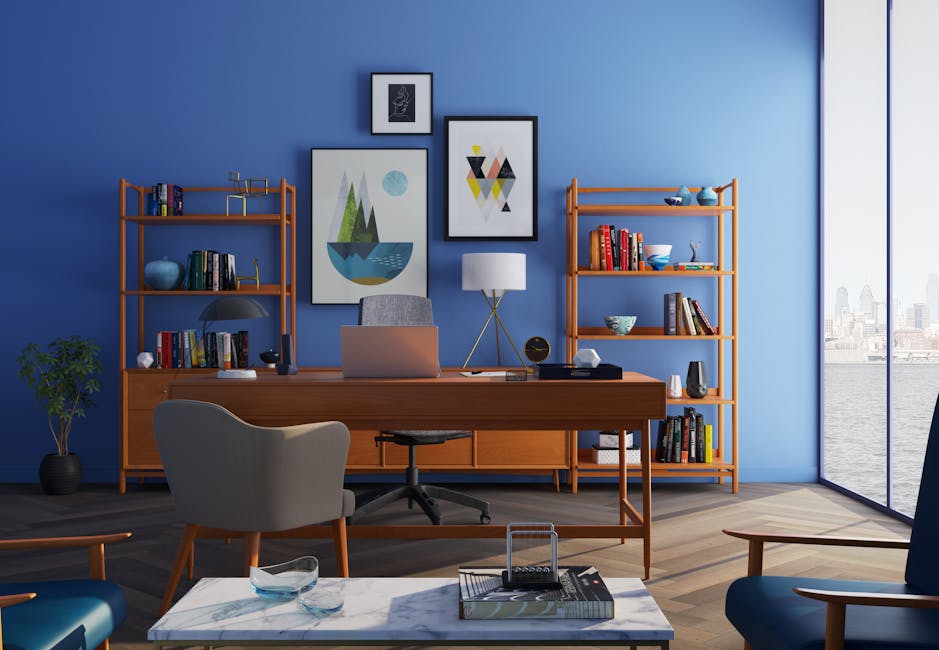
Photo by Huseyn Kamaladdin on Pexels
Your home environment plays a crucial role in supporting a slow living lifestyle. A slow living home is designed to nurture calm, foster connection, and inspire creativity. Start by decluttering your space, keeping only the items that serve a purpose or bring you joy. This process not only creates physical space but also reduces mental clutter, making it easier to relax and unwind.
Incorporate natural elements such as plants, wood, and stone to bring a sense of tranquility and harmony. Soft lighting, cozy textiles, and soothing colors can further enhance the atmosphere, creating a sanctuary from the outside world. Consider arranging your furniture to encourage conversation and togetherness, whether it’s a communal dining table or a cozy reading nook.
A slow living home also values sustainability. Choose eco-friendly materials, repurpose vintage finds, and support local artisans whenever possible. By making thoughtful choices in your home design, you create a space that reflects your values and supports your wellbeing.
Finally, create rituals that bring meaning to your daily life. Whether it’s sharing meals with loved ones, practicing mindfulness, or simply enjoying a cup of tea in silence, these moments of intentionality can transform your home into a haven of peace and connection. Remember, a slow living home is not about perfection—it’s about creating an environment that nurtures your soul and supports your journey toward a more purposeful life.
Mindful Technology Use in a Fast-Paced World
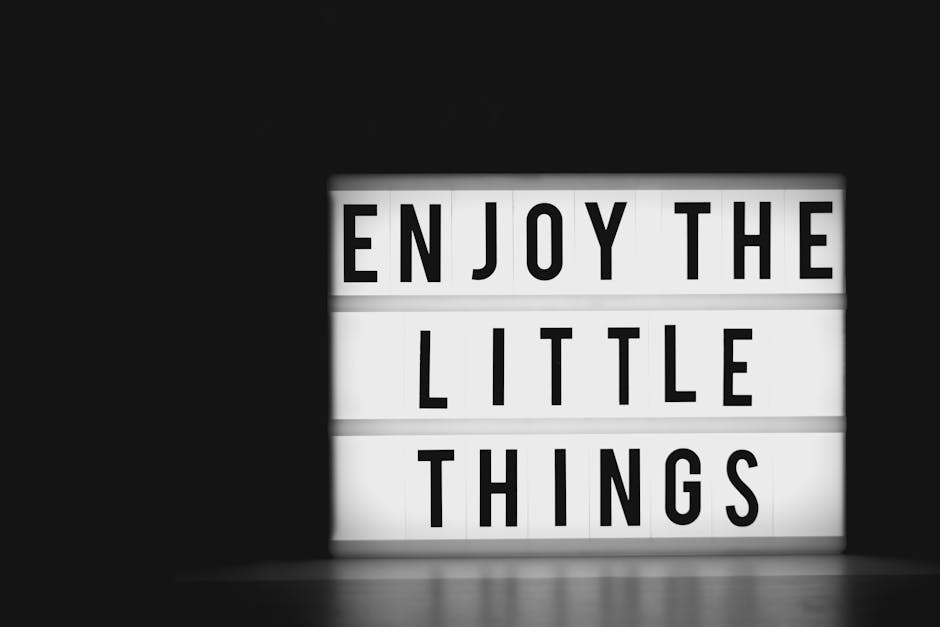
Photo by Alexas Fotos on Pexels
Technology is an integral part of modern life, but it can also be a source of distraction and overwhelm. Practicing mindful technology use is essential for maintaining balance and supporting a slow living lifestyle. Start by setting boundaries around your device usage. Designate tech-free zones in your home, such as the dining table or bedroom, to encourage presence and meaningful interactions.
Schedule regular digital detox periods, where you disconnect from screens and engage in offline activities. Use this time to read, create, or connect with nature. When you do use technology, be intentional—choose apps and platforms that add value to your life, and avoid mindless scrolling or multitasking.
Another strategy is to curate your digital environment. Unsubscribe from unnecessary emails, declutter your social media feeds, and limit notifications to reduce digital noise. By simplifying your online presence, you create more space for focus and creativity.
Remember, technology is a tool—it can enhance your life when used mindfully, but it shouldn’t dictate your pace or priorities. By cultivating awareness and intentionality in your tech habits, you can harness the benefits of the digital world while staying grounded in the present.
Building Community and Connection Through Slow Living
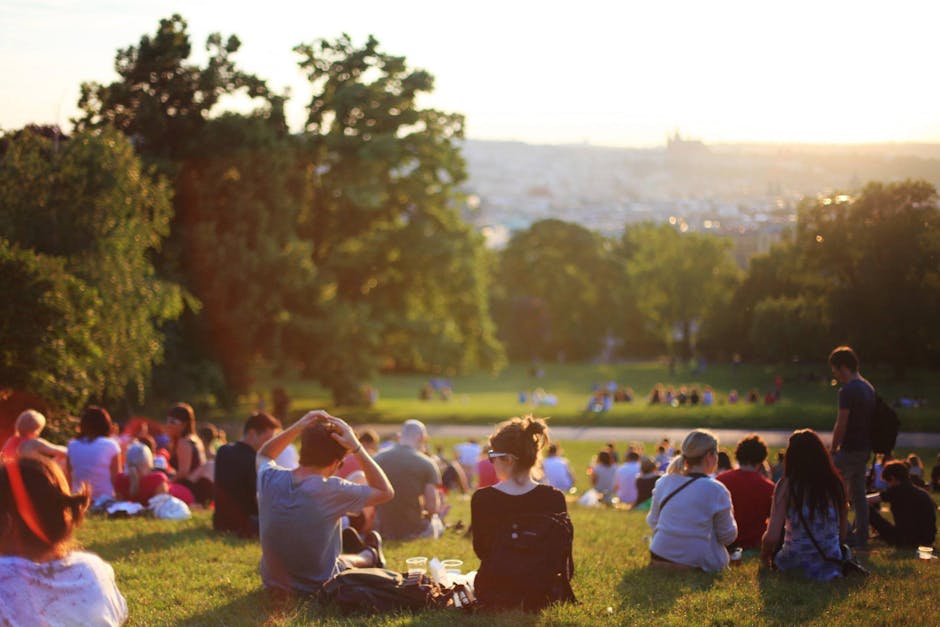
Photo by Leah Newhouse on Pexels
Slow living is not just an individual pursuit—it’s also about fostering deeper connections with others. In today’s fast-paced society, genuine community can be hard to find. Embracing slow living invites you to seek out and nurture relationships that are meaningful, supportive, and authentic.
Start by reaching out to neighbors, friends, and local groups. Participate in community events, support small businesses, and volunteer your time or skills. These activities not only strengthen your sense of belonging but also contribute to the wellbeing of your community.
Shared rituals and traditions can also enhance connection. Whether it’s a weekly dinner with friends, a book club, or a neighborhood garden, these practices create opportunities for meaningful interaction and mutual support. Slow living encourages you to listen deeply, communicate openly, and celebrate the unique contributions of each individual.
Building community is an ongoing process. It requires patience, empathy, and a willingness to show up for others. By prioritizing relationships and investing in your community, you create a network of support that enriches your life and helps you navigate challenges with resilience and grace.
Conclusion: Living with Purpose, Styled with Insight

Photo by KoolShooters on Pexels
Embracing slow living is a powerful way to reclaim your time, nurture your wellbeing, and cultivate a life of intentional beauty. By aligning your actions with your values, simplifying your routines, and making mindful choices in every area of your life, you can experience greater fulfillment, creativity, and connection. Slow living is not about perfection or rigidity—it’s about progress, presence, and purpose.
As you begin or deepen your slow living journey, remember that each small step counts. Celebrate your efforts, be patient with yourself, and stay open to new possibilities. Whether it’s through your personal style, home environment, technology use, or community involvement, slow living offers a path to a more meaningful and inspired life. At Style QA, we believe that true style is rooted in purpose and insight—may your slow living journey reflect both.
Sources
- https://slowlivingldn.com/what-is-slow-living/
- https://www.psychologytoday.com/us/blog/out-of-the-darkness/202407/living-slowly
- https://www.seattletimes.com/life/food-drink/why-slow-living-is-the-next-big-lifestyle-trend/
- https://amandacook.me/top-5-benefits-of-slow-living/
- https://xojulessimon.com/what-is-slow-living/

